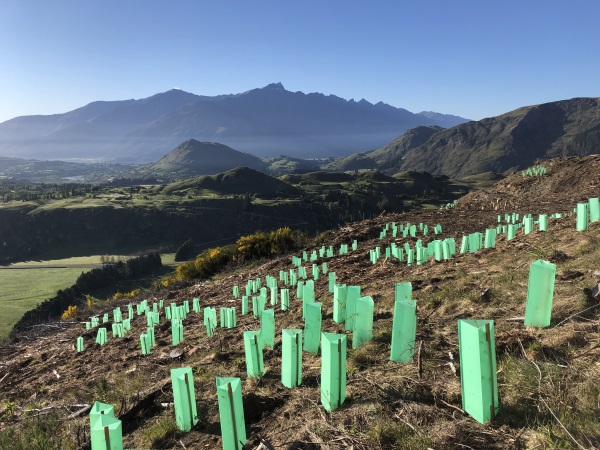Conservation will come to the fore in Queenstown next week, during the biennial New Zealand Plant Conservation Network’s (NZPCN) conference.
Being held for the first time in the Whakatipu, the 200-odd delegates include native plant conservation experts, conservation practitioners, researchers and community group representatives from across the country.
Established in 2003, the network now boasts more than 950 members worldwide.
The theme of this year’s conference, which runs from tomorrow till Wednesday, is ‘Hauropi whakahou ki Aotearoa / Restoration Ecology in New Zealand’ — the Whakatipu was chosen because of the significant amount and scale of ecological restoration underway.
Most recently, that includes an ambitious programme to recloak the front face of Coronet Peak, one of the largest restoration projects in NZ, with a plan to plant 350,000 native trees there over the next five years.
The first 10,000 were planted in October in the project, a collaboration between Trees That Count, landowner Soho Property, Te Tapu o Tāne, and Whakatipu Reforestation Trust.
On the agenda are four field trips around the Basin — to the ‘islands’, Walter Peak and Pigeon Island, the mountains, Lake Alta and the Remarkables, the drylands, which include the Crown Range and Hikuwai Conservation Area, and restoration sites, which encompasses areas like Lake Hayes, Treespace and Feehly Hill.
The 2022 NZPCN awards will also be presented to recognise dedicated people and special projects which have captured the interest of local communities, along with a charity auction, proceeds from which will go towards the David Given Threatened Plant Scholarship and the John Sawyer Threatened Plant Endowment Fund.
Topics being covered during the conference include challenges to scaling up restoration projects, eco-sourcing, restoration after conifer removal, and restoring threatened native plant populations.




